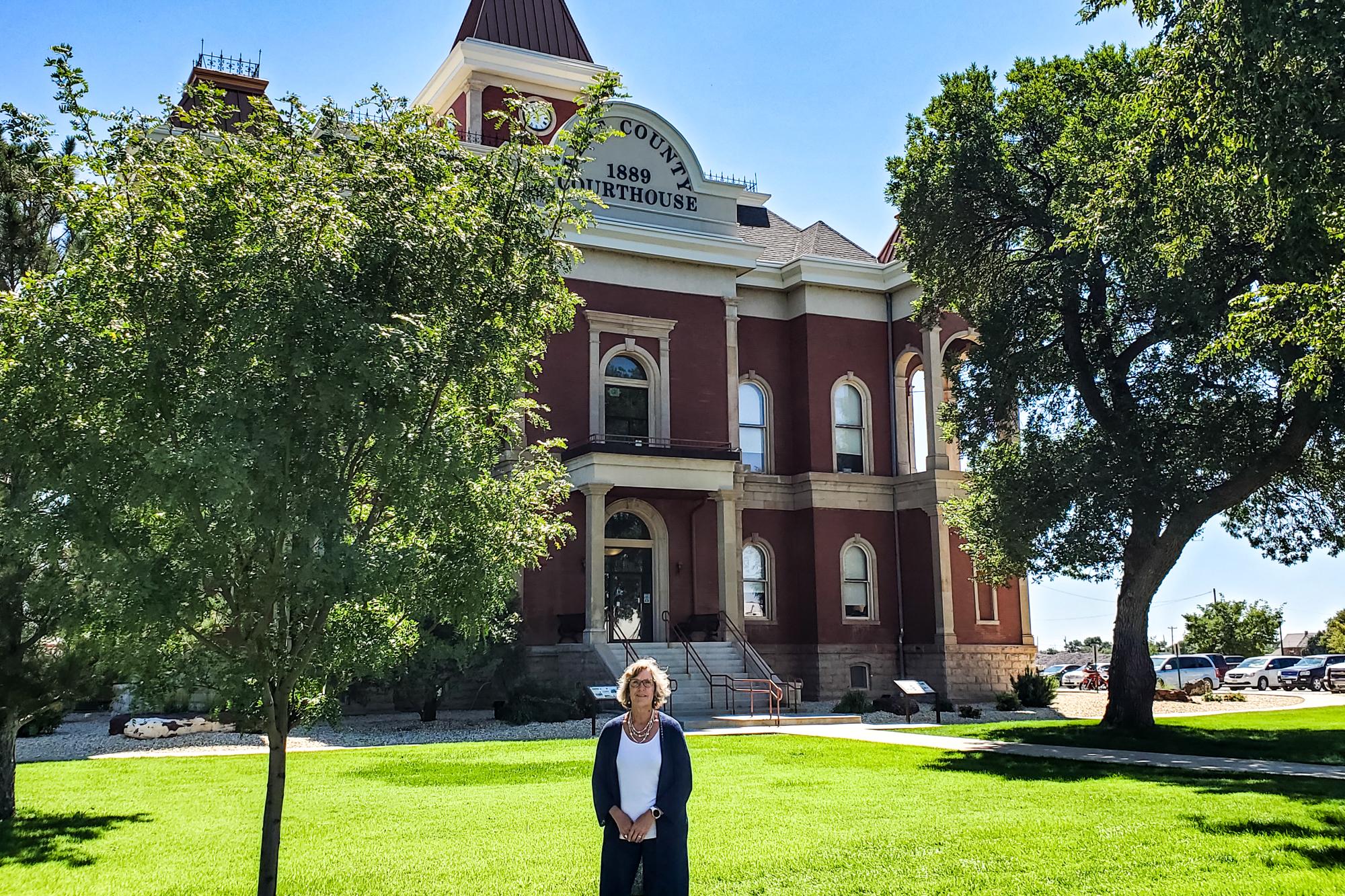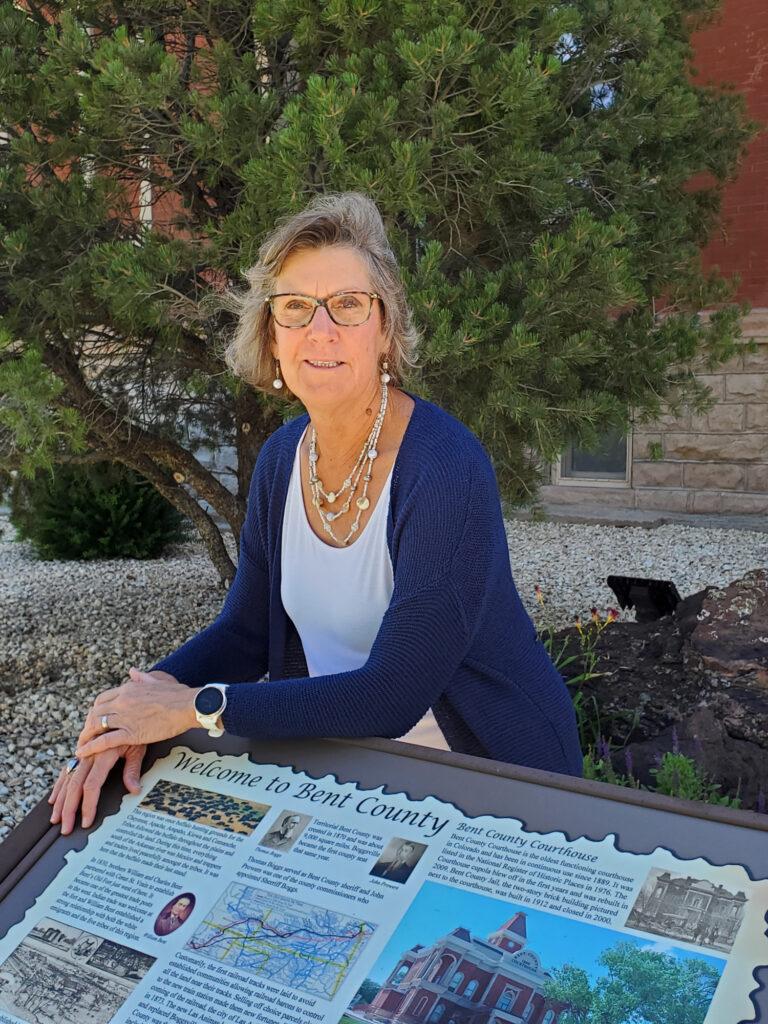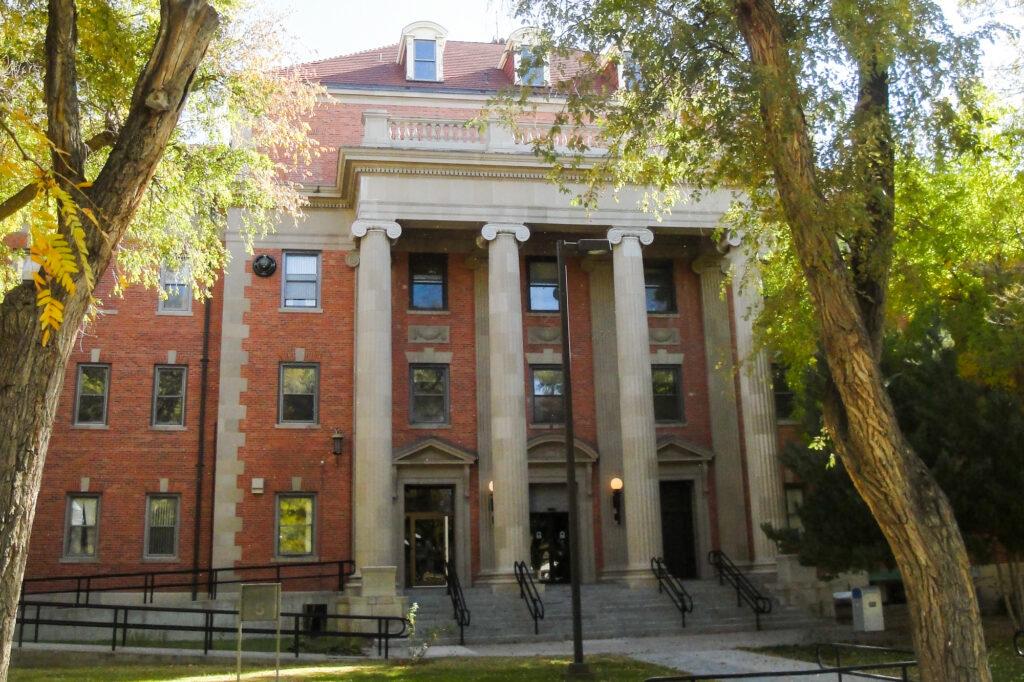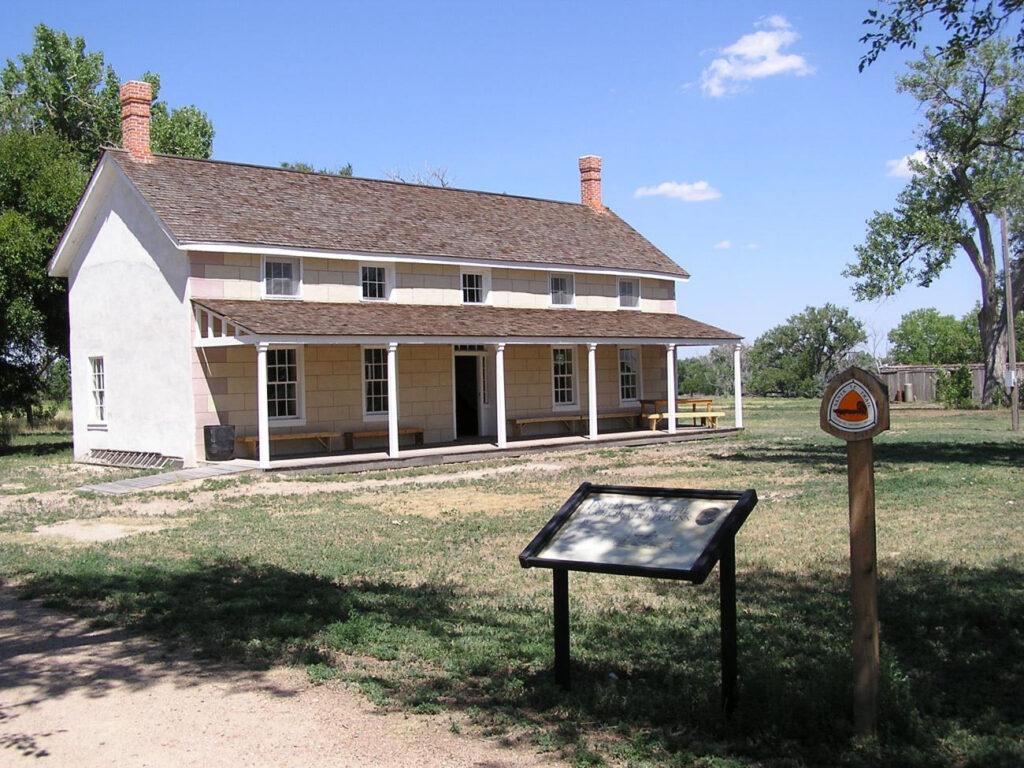
There hasn’t been a History Colorado board member from the plains of rural southeastern Colorado in a very long time — or possibly not ever. But now this region has a new voice.
Bent County Commissioner Kim MacDonnell was recently appointed when the board expanded and seats were added. KRCC’s Shanna Lewis spoke with her. Here are highlights from their conversation.
This transcript has been edited for clarity.
Shanna Lewis: Tell me a little bit about what you bring to the board.
Kim MacDonnell: In my role as a county commissioner, I hope to bring to the board the perspective from rural Colorado and specifically rural Southeast Colorado. (This is an area) that is rich in history and (yet) a lot of folks don't even know where Bent County is, let alone what history we have that contributes to the state.

Lewis: There are National Historic Sites in neighboring counties like Bent's Old Fort, Amache and Sand Creek. What Bent County sites deserve attention?
MacDonnell: You hit it when you mentioned those three sites and there are others that are tied to those three as well. Bent’s New Fort, which isn't even interpreted at this point in time. Boggsville Historic Site, which was one of the very first unfortified communities in the state of Colorado, is right here in Bent County as well. It provided food to Bent’s Fort. Fort Lyon, that entire 500 acre campus is on the National Register of Historic Places. All of these sites are tied in together historically and geographically and for years, local and regional historic entities have been trying to tell that story and raise that awareness.
Lewis: You're a fifth-generation resident of Bent County. How does that guide your perspective as a History Colorado board member?
MacDonnell: It reminds me that there are families all over the state who have been here a really long time. And in my case, it's not just in Colorado, but in this county for five generations. My great, great grandmother moved here from Granada, Colorado in the mid 1880s. We've been here ever since. Part of that perspective is people tied to the land, the continuity of time, being able to look back in our own county records and seeing the things that have happened, the families that have come and gone, the ups and downs of the community. That perspective of seeing longevity in one geographical place is helpful, even though I obviously need to be focusing statewide.

Lewis: What challenges do Bent county and other rural communities face in regard to the historic sites?
MacDonnell: The way that our community has developed over time, there's a higher degree of poverty. There are fewer people here than there were when I was growing up. So the resources (are limited) to be able to even lift up these sites and these stories.There have been attempts over the years in Bent County to raise funding for just sustaining what we have.
I know that if our community is facing that, other rural communities in the state of Colorado are facing that same type of thing — where just basic sustainability is something that they would just love to have. The needs are always going to outweigh the resources. That is just reality and I'm aware of that.
So I think, part of what I can bring to this board is just an ability to contemplate with other passionate, reasonable people, what to do with the limited resources that we have. In my case, part of that effort and advocacy will be for rural Colorado.
Lewis: So what does it mean to have you as a representative on the History Colorado board?
MacDonnell: Part of what I hope to bring is a stronger connection between the board. It is highly metro-centric, and I don't mean that in a negative way, but it's just a fact. Bringing awareness to the board (about) Southeast Colorado and our history, and just bringing appreciation to our own community and folks, that this board is not something that is "other" or "out there" or "not us." (These) folks (the History Colorado board) really care about interpreting and valuing the history across the state.
Lewis: Describe the historic Las Animas Courthouse.
MacDonnell: Oh my goodness, it's beautiful. I can look out when I'm at the courthouse and see that people stop the turn off the highway, just so that they can stop and take pictures of it. It's an old brick building, three stories high. It's been completely restored, partially with funds from History Colorado, back in 2009. All the time when I was growing up (we) saw the courthouse in one way. But when they started restoration, they dug back into old pictures and found that there was a copper top to the courthouse that we had never seen. So when the architect's rendition started coming out people were saying “no, that courthouse doesn't have that.” (But) sure enough, it did. It was built in 1888 and within the first year or two, that roof blew off in a windstorm and was never replaced, (until) it was completely restored. (Now) it's stunning. At the right time of day you can be driving in from any direction and see this glow (from the roof).
Lewis: You mentioned some of the other sites like Boggsville. What specific projects would you like History Colorado to really focus on during your tenure on the board?
MacDonnell: Boggsville actually is one of them. There was a History Colorado exhibit called Borderlands. Part of that focused on the women who owned the land as part of the Vigil-St. Vrain land grant where Boggsville was built. It's a rich part of history. It's something that shouldn't be lost. It's been recognized not just by History Colorado, but by Colorado Historic Trust and others.









